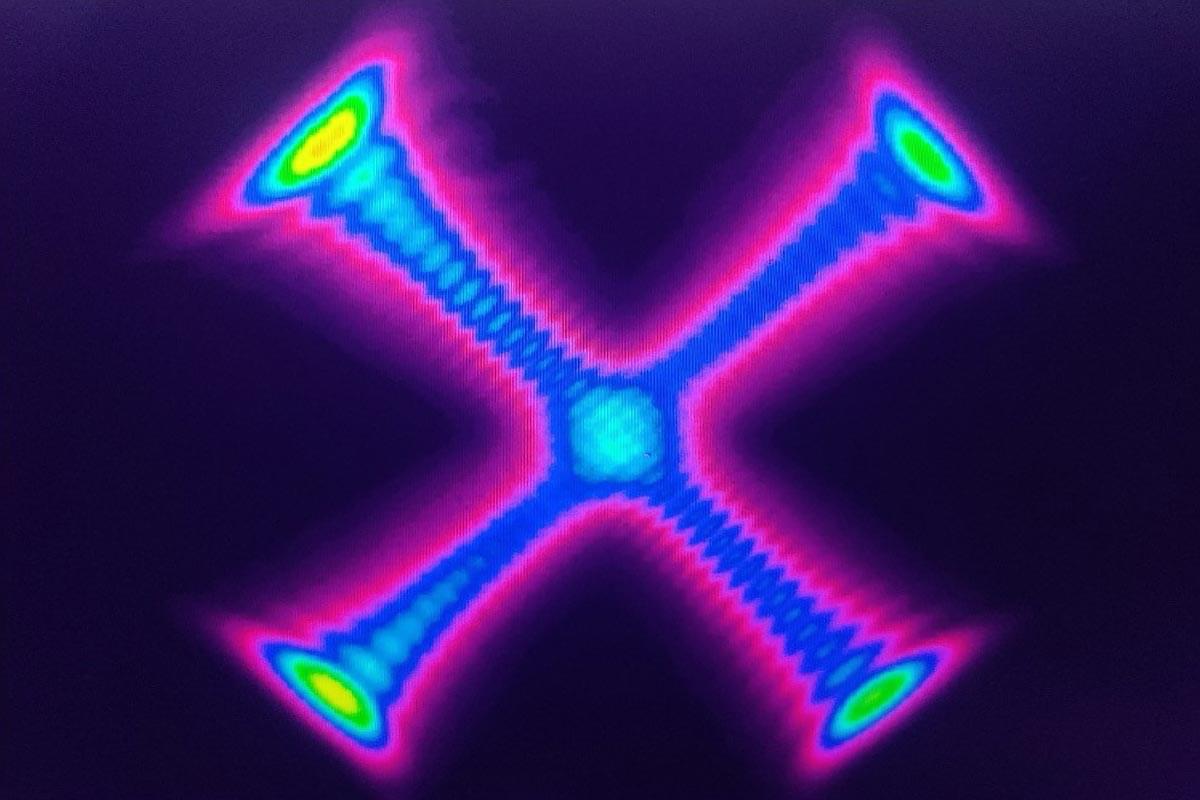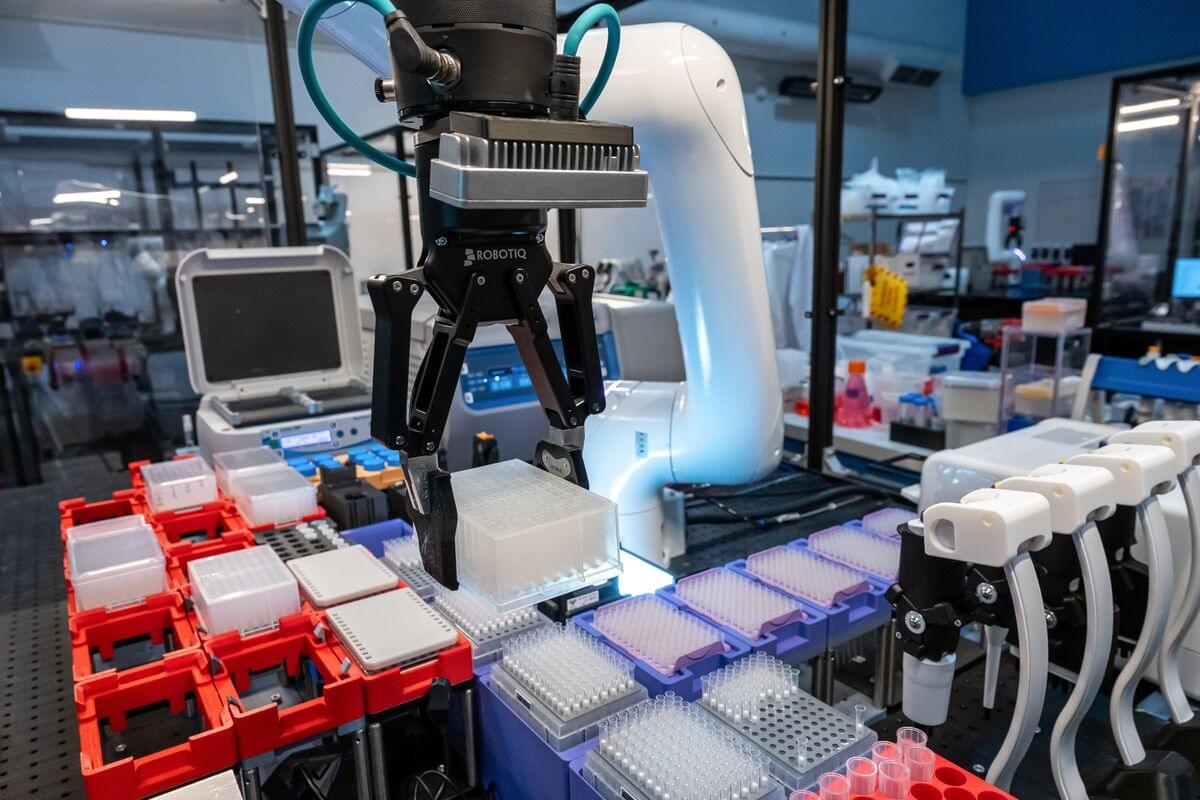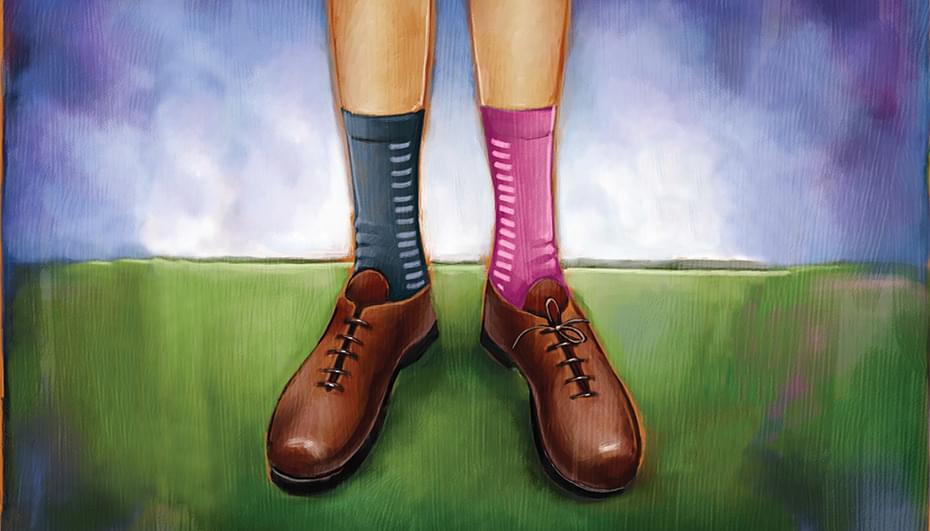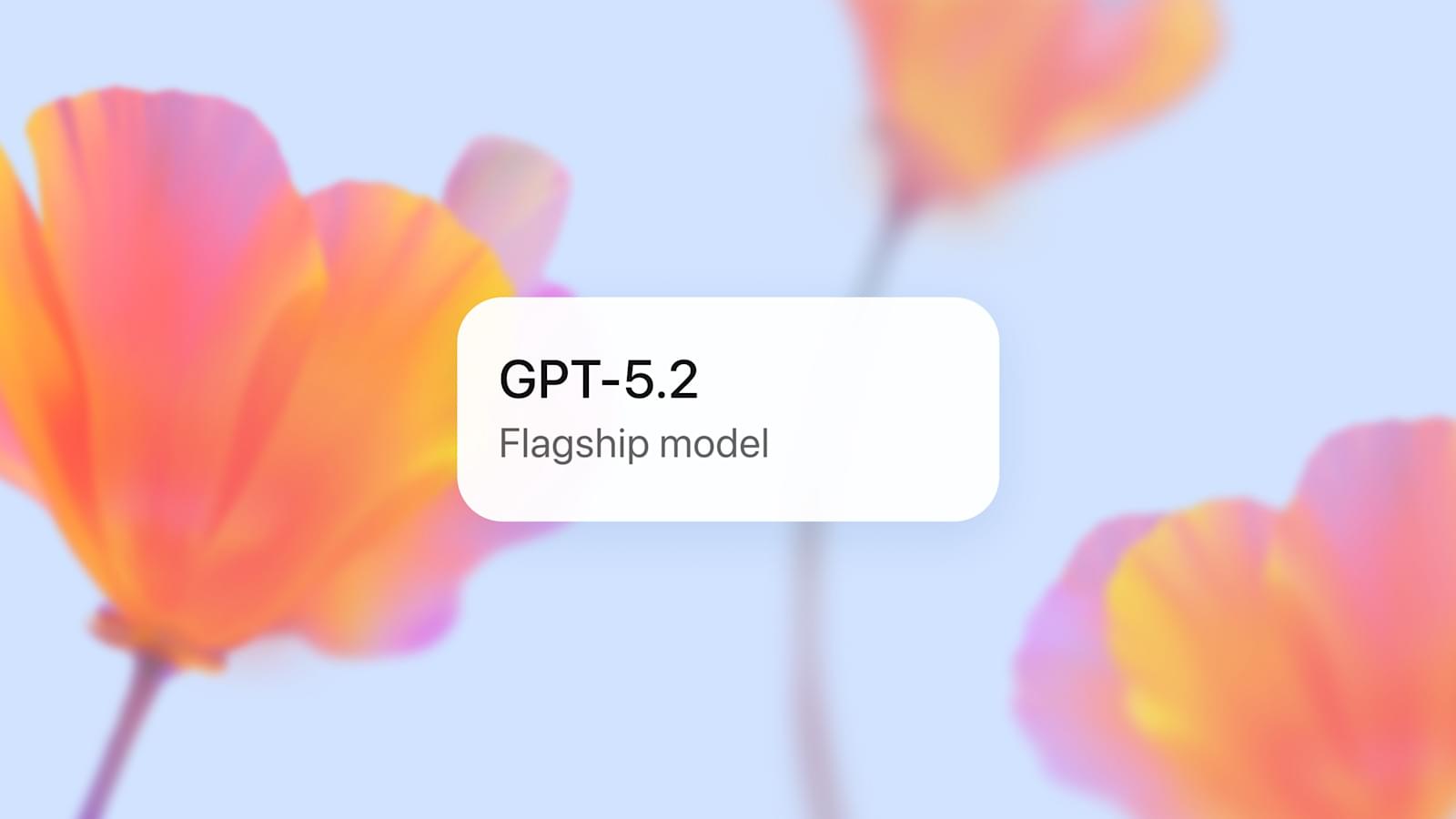This was a monumental breakthrough in the philosophy and foundations of quantum mechanics. Bell derived a mathematical inequality that showed if there were any local “hidden variables” (underlying, deterministic factors) explaining the “spooky” correlations in quantum entanglement, those correlations would have to obey certain limits. Experiments inspired by his theorem (starting with Alain Aspect in the early 1980s) have repeatedly shown that these limits are violated, confirming that quantum entanglement is real, non-local, and that nature fundamentally disagrees with Einstein’s idea of “local realism.”
John Bell, with whom I had a fruitful collaboration and warm friendship, is best known for his seminal work on the foundations of quantum physics, but he also made outstanding contributions to particle physics and accelerator physics.









